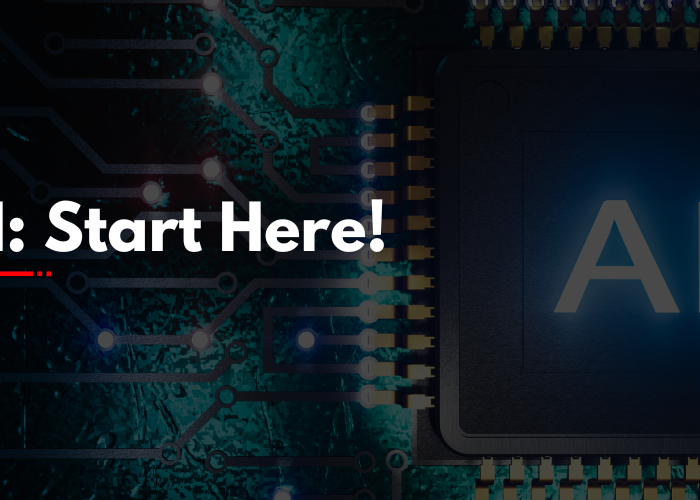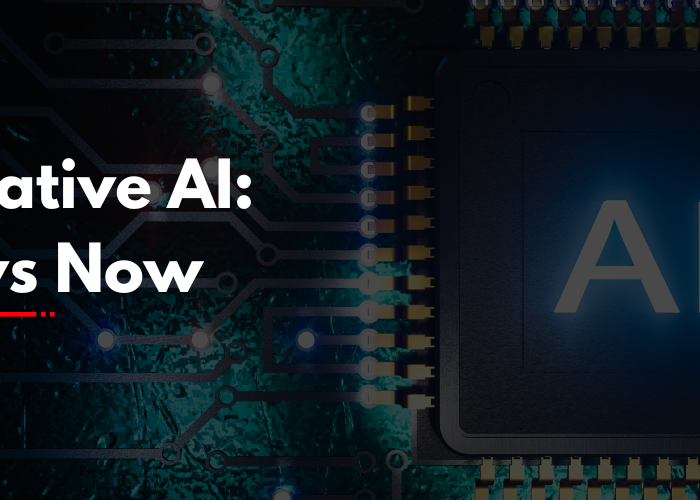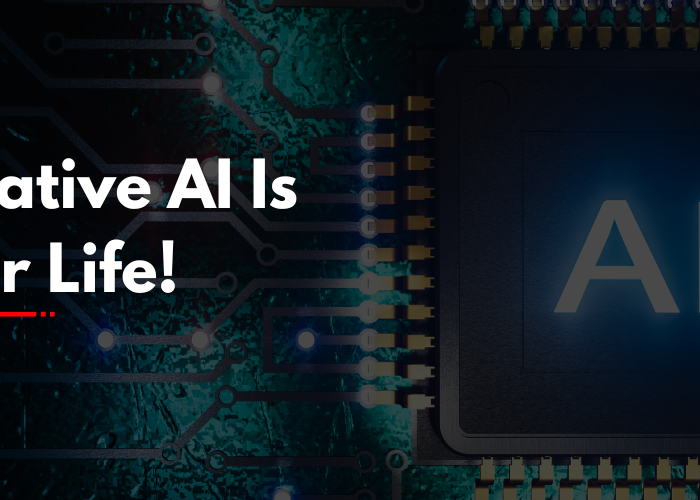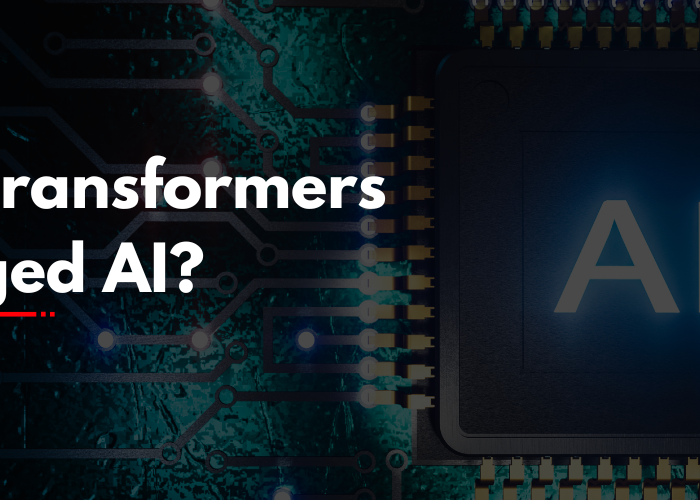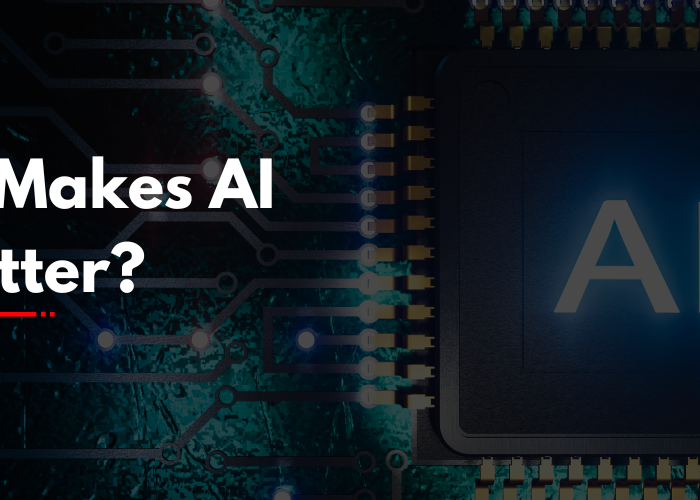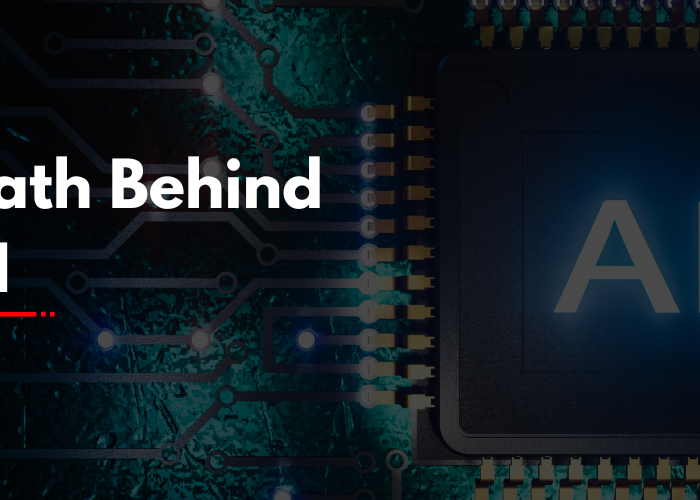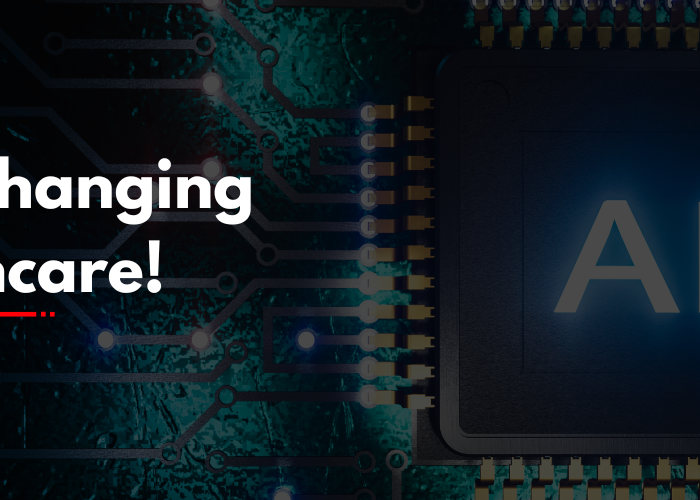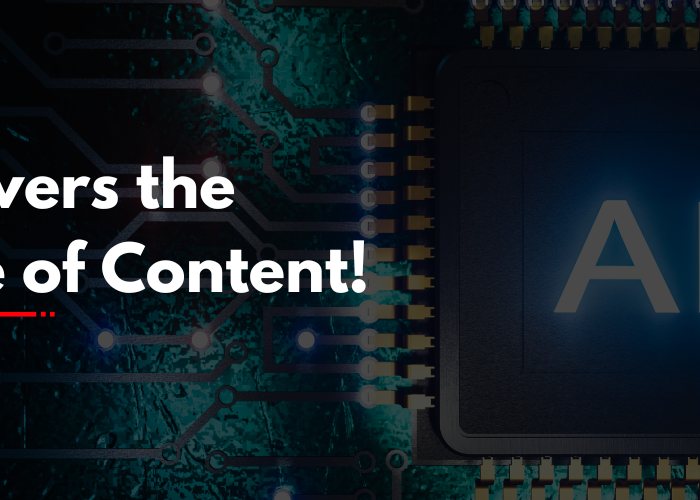Introduction
Creative work has always been about imagination, storytelling, and self-expression. But in 2025, a new kind of assistant is helping creatives bring their ideas to life generative AI. Whether you’re designing visuals, writing scripts, crafting music, or building brand campaigns, these tools are changing how ideas become reality.
This post explores ten of the most significant generative AI tools that are making artists, designers, writers, and makers capable of more less work and more creativity.
Key Components of Generative AI Tools
Essentially, these tools include a couple of basic ingredients:
- Prompt-driven Interfaces: You tell the AI what you want to accomplish your own terms. If it’s a style, theme, or specific output, you define the process.
- Pre-trained Models: They’ve learned hundreds of examples text and images, audio and video and can already mimic styles, understand context, and produce original material.
- User-Friendly Platforms: You don’t need to understand how the AI works. These platforms are designed so creatives can focus on the idea, not the code.
- Output Controls: Most platforms offer sliders, style chooser, or advanced options so you can fine-tune the output.
All that tech goes on in the background what you see is an empowering and intuitive tool

Types of Tools for Creatives
The space of generative AI is expansive, and in 2025, there are creative options to suit every medium:
- Visual Design Tools – Design logos, illustrations, concept art, and marketing graphics.
- Writing Assistants – Help with blogs, ads, storytelling, or even screenplays.
- Music Generators – Produce beats, background scores, and experimental music.
- Video Editors – Automatically generate or improve videos based on text prompts and templates.
- Voice & Audio Tools – Duplicate voices, create narration, or produce sound effects.
Each of these tools is suited to a distinct creative niche but more are becoming increasingly cross-functional, enabling creators to work across media without having to switch platforms.
Top 10 Generative AI Tools in 2025
Here’s a brief rundown of some of the best and most loved creative AI tools this year:
- Midjourney – Still a favourite among artists, this AI converts text-based prompts into rich, stylized images with a handcrafted look.
- Runway ML – Perfect for video producers. From background removal to AI-generated video, it’s a filmmaker’s dream.
- ChatGPT (with Vision + Voice) – A writing assistant favourite among scriptwriters, marketers, and storytellers now with visual and voice.
- Adobe Firefly – Integrates directly into Photoshop and Illustrator and assists designers with the rapid production of assets and styles.
5.Descript – Perfect for video editors and podcasters, as it makes editing a simple text-editing process.
- ElevenLabs – To give realistic voice generations, voice cloning and voice narration is presented convincingly by this tool such as a human voice.
- Notion AI – Ideal for copywriters, to help with outlining, writing, and editing long content.
- Soundraw – A music generator where artists can customize tempo, genre, and mood for royalty-free sound.
- Kaiber – Transforms your static art or photos into motion graphics or music videos.
- Jasper – Specifically utilized for brand and advertising, Jasper writes ad copy, blog posts, and web copy on demand.
Key Benefits and Challenges
Benefits
- Speed & Efficiency: Cut your production time in half or more.
- Creative Experimentation: Experiment with wild ideas without wasting a great deal of money or time.
- Accessibility: No need to be a pro writer or designer to get started.
- Personalization: Most tools will let you edit results to your brand or voice.
Challenges
- Originality: Even though the output may appear new, it’s built from patterns. Being original still needs a creative human touch.
- Consistency: Sometimes AI tools produce inconsistent output especially between different sessions or prompts.
- Learning Curve: Even though they’re designed to be simple, achieving great outputs still needs practice.
- Licensing & Use Rights: Depending on the tool, what you can use AI-generated output for commercially differs.
Real-Time Applications for Creatives
Creatives are using these tools today in real-world industries daily:
- Ad agencies are constructing social media graphics and ad copy in mass.
- Musicians and sound designers are composing background music scores for game and video playback.
- Animators are using AI to accelerate storyboard scenes.
- Writers are developing character backstories, dialogue, and article outlines.
- Fashion designers are designing outfits with AI- created patterns and materials.
AI isn’t helping so much as it’s becoming integrated into the creative process itself.
How It Works
You give the AI a prompt a sentence, some keywords, or an idea and it returns something new. That’s it. The real magic is in how well you describe what you want.
The more precise or uniquely worded your prompt, the greater your result. It’s as if you have an assistant who won’t judge your concepts and never gets tired.
Get Started with Generative AI
If you’re new to this field, start small:
1.Start with one tool something such as Midjourney, Firefly, or Notion AI.
2.Experiment with a few prompts. Play with tone, length, or visual aesthetic.
3.Use the result as a starting point. Edit, recombine, or add to it.
4.Learn the rhythm. Over time, you’ll understand how to “talk” to the AI more effectively.
Don’t think of AI as replacing your creative instincts it’s a tool to amplify them.
Conclusion
Generative AI in 2025 is not a trend it’s a creative revolution. These technologies are giving artists, writers, designers, and makers’ the freedom to go faster, experiment more, and dream more. The good news? You don’t have to change the way you make things you just need to be open to a new type of creative partner.
Whether you’re freelancing, building a brand, or just creating for fun, these tools can unlock a whole new level of possibility.


